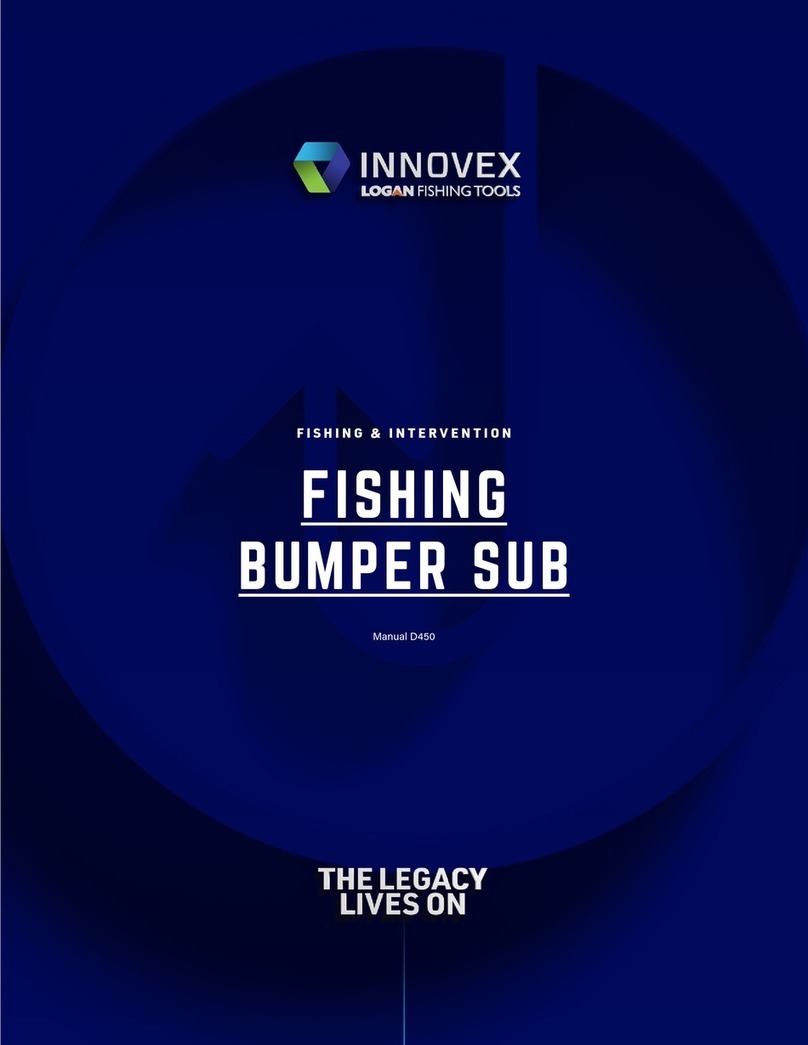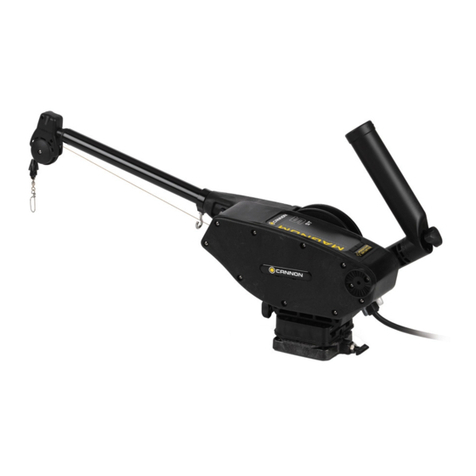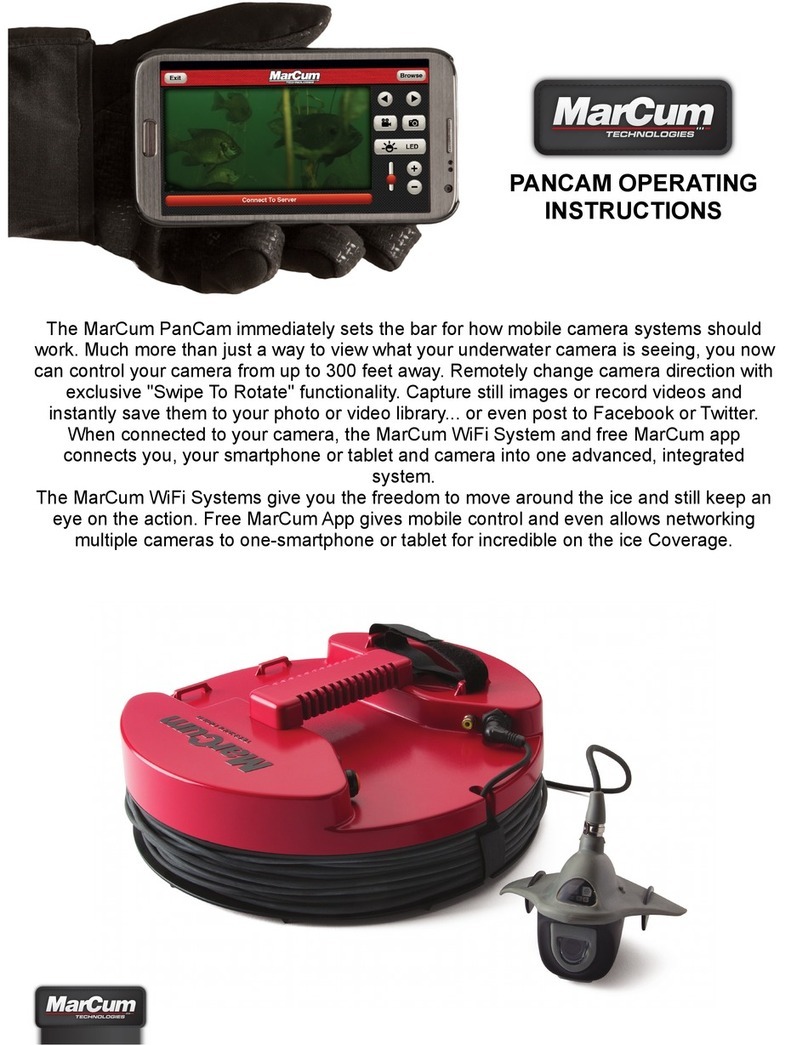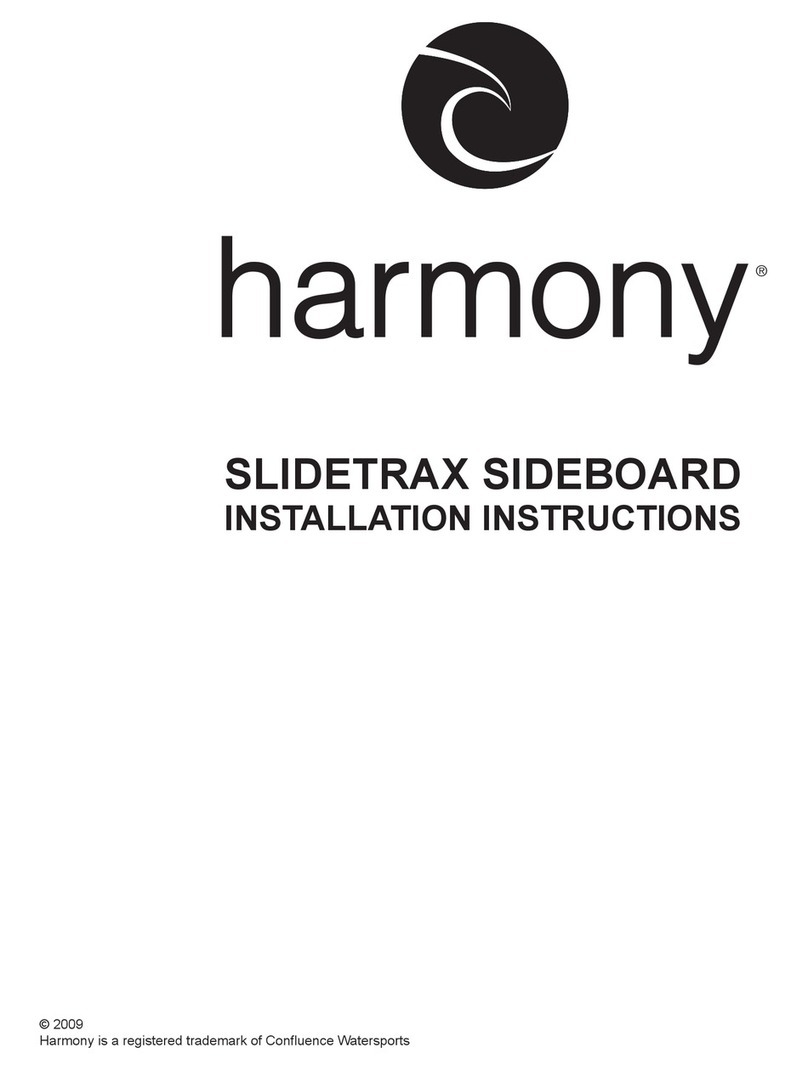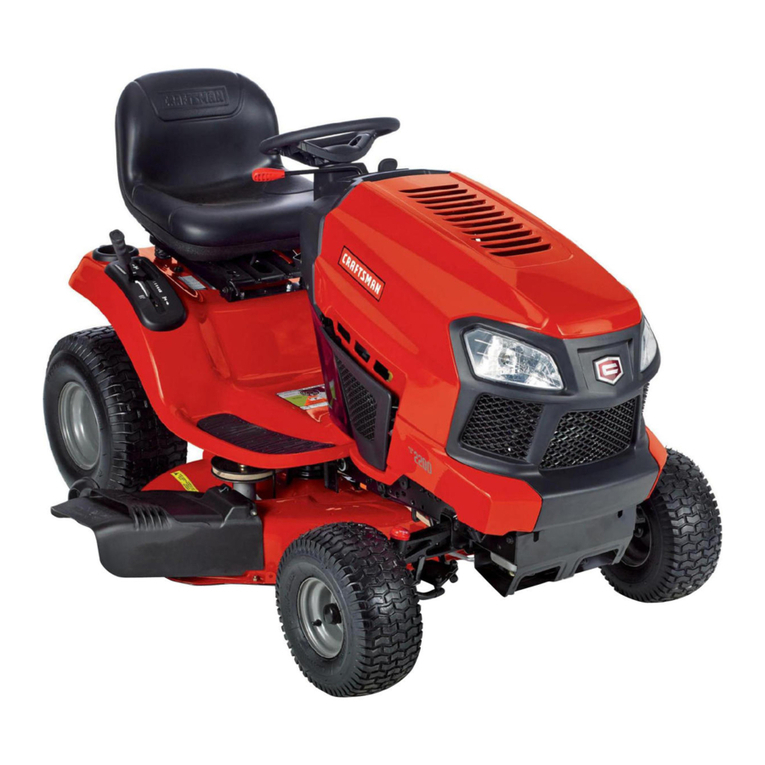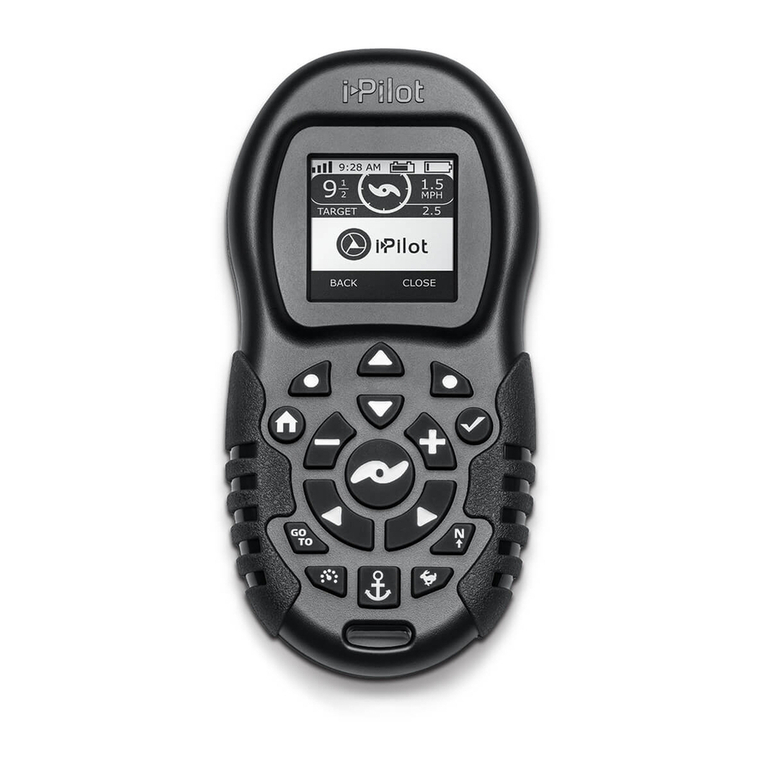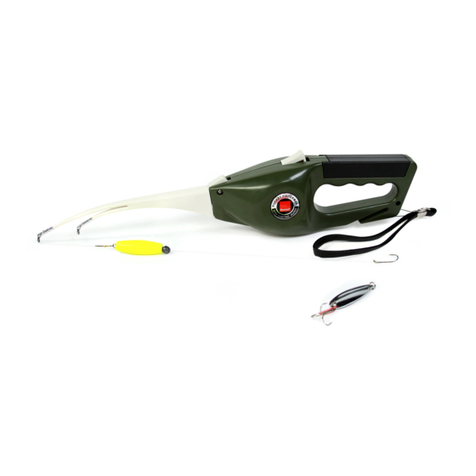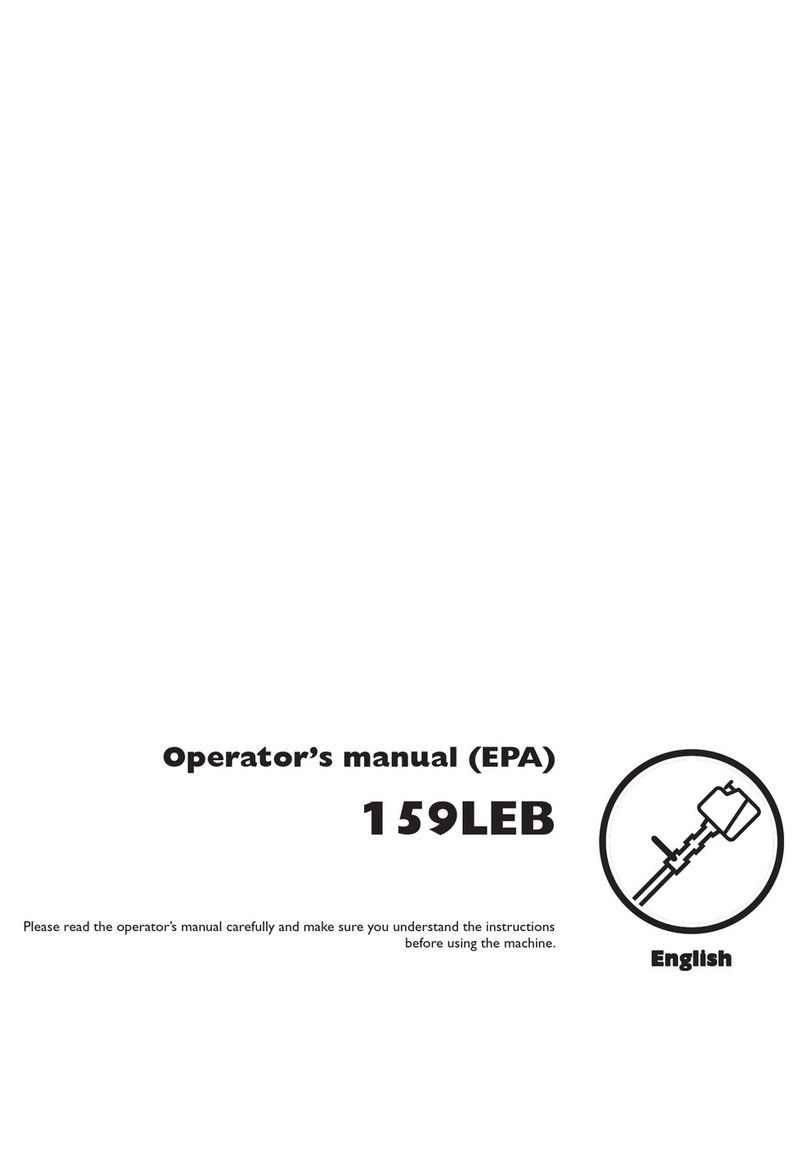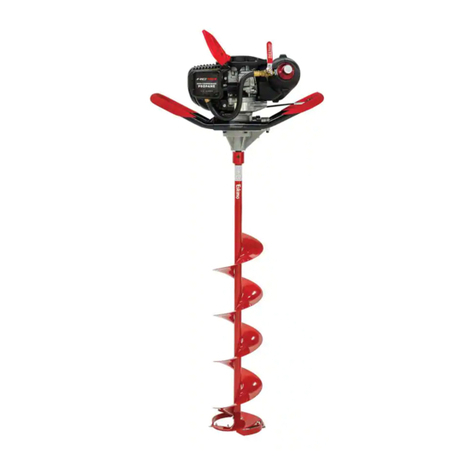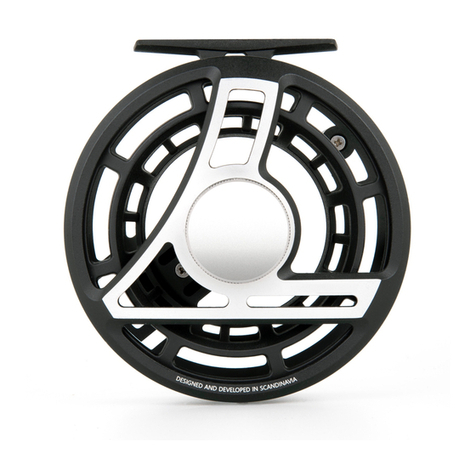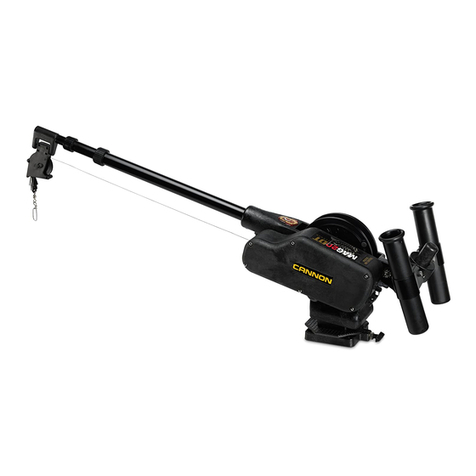Innovex LOGAN HR180-469-000 User manual

11006 Lucerne Street | Houston, Texas 77016 | T: +1 281 219 6613 | Fax: +1 281 219 6638 | logan.sales@innovex-inc.comRevision: February 2022.
PRODUCT MANUAL
Hydrualic Release
Overshots
DOCUMENT
Manual A115
PAGE
A
FISHING TOOLS
FISHING & INTERVENTION
HYDRUALIC RELEASE
OVERSHOTS
Manual A115

11006 Lucerne Street | Houston, Texas 77016 | T: +1 281 219 6613 | Fax: +1 281 219 6638 | [email protected]Revision: February 2022.
PRODUCT MANUAL
Hydrualic Release
Overshots
DOCUMENT
Manual A115
PAGE
1
FISHING TOOLS
Logan Hydraulic Release Overshots
Overview......................................................................................................... 2
Construction.................................................................................................. 2
Operation........................................................................................................ 2
Normal Straight Hole Well Application....................................... 2
Directional Well Application............................................................. 2
Assembly ........................................................................................................3
Inspection and Repair ..............................................................................3
Test Procedure .............................................................................................4
Maintenance .................................................................................................4
Assembly Drawing.....................................................................................5
Parts List.........................................................................................................6
Strength Data ...............................................................................................6
Contents
LEGAL NOTICE
All references to Bowen®part numbers in this Price Book are used to identify interchangeable tools and parts. References to such tools and
parts does not imply that Innovex is a licensee or is in any way ailiated with Bowen or National Oilwell Varco. Innovex does not sell, or oer
to sell, National Oilwell Varco (Bowen) products.
"Bowen" is a registered trademark of National Oilwell Varco.

11006 Lucerne Street | Houston, Texas 77016 | T: +1 281 219 6613 | Fax: +1 281 219 6638 | [email protected]Revision: February 2022.
PRODUCT MANUAL
Hydrualic Release
Overshots
DOCUMENT
Manual A115
PAGE
2
FISHING TOOLS
OVERVIEW
The Logan Hydraulic Release Overshot
is designed to be used in horizontal
drilling application where drill string
rotation to release an overshot is
impossible. The Hydraulic Release
Overshot can also be used in normal
fishing operations like the Logan Series
150 Overshot. The overshot does not
require a drop ball to activate during
the fishing or recovery operation.
The overshot engages the fish in the
same manner as the Logan Series 150
Overshot. Simply lower it down over
the fish until the fish bottoms out in the
overshot. If in a normal straight well,
slight right-hand rotation can be used to
ease engagement of the fish. To release
the overshot from the fish, simply relax
any string tension in a normal well and
apply slight downward loading. Increase
circulation until at least 200 psi increase
is indicated on the circulation pressure
gauge. Slowly lift the string and the
overshot should be released so it can be
pulled back up the hole.
NOTE: Due to hole conditions and pull
load, it may be necessary to give the
overshot a sharp downward bump when
attempting to release the overshot to
disengage the wickers from the fish and
the convolutes from the wedges in the
bowl.
CONSTRUCTION
All parts of the overshot are
manufactured from high grade alloy
steel and heat treated to allow for
optimum strength and wear.
Due to design constraints, spiral
grapples can not be built for this design.
Therefore, the catch range of the Logan
Hydraulic Release Overshot catch range
is smaller.
OPERATION
Before running the Hydraulic Release
Overshot down the well to retrieve a
stuck or broken fish, ensure that the
overshot is properly dressed with the
right size internal parts to catch the fish.
Make sure that the overshot has been
properly assembled and tested prior to
being run down hole.
Normal Straight Hole Well Application
In a normal straight hole application
the overshot is run down hole to the
approximate stuck point in the well.
Slowly lower the overshot while using
slight right-hand rotation while lowering
the assembly, the right-hand rotation of
the cut-lipped guide will help to pick or
push the fish to the center of the well
and the overshot for proper entry into
the overshot assembly. Continue to
lower the overshot assembly until the
fish bottoms out inside the overshot.
Watch the load indicator. The overshot
is completely engaged on the fish when
the string weight starts to get lower.
Stop circulation at this point to ensure
the grapple is pushed down and loaded
on the fish by the release piston spring.
Slowly raise the fishing string until a
load is indicated on the load indicator.
Pull up to 25,000 lbs. over the string
weight to set the grapple on the fish.
After the grapple has been set, the fish
can be pulled from the well.
CAUTION:
During the recovery
operation if is becomes necessary
to jar on the stuck fish to get it out,
make sure that a jar placement has
been run to insure that the impact at
the overshot does not exceed the load
rating of the assembly.
NOTE: Jarring impacts are at least four
(4) times greater than the over pull being
applied to the string. For example, if
a load of 100,000 lbs is applied above
string weight to the fishing string and
there is a Logan Superior Hydraulic
Fishing Jar, or equivalent competitor’s
jar in the string with the associated
accessories, the impact load at the stuck
point can be 400,000 lbs. minimum.
Directional Well Application
Ensure that the overshot assembly has
been properly assembled with the right
size internal parts to recover the stuck
or broken fish. Test the overshot assem-
bly prior to running it in the hole. It is
easy to get stuck in a horizontal drilling
application because of frictional hole
drag and the high degree of de-
viation used in this type of application.
If it becomes necessary to retrieve
a stuck or broken fish in a horizontal
drilling application, follow these basic
rules. First, work the overshot assem-
bly down to the stuck point in the well.
Use the same techniques to work the
overshot assembly down to the stuck
point, as those used on a normal bottom
hole assembly. When the stuck point
is reached, continue downward move-
ment to cause the overshot to engage
the fish. When an increased load is
seen on the load indicator, the overshot
is engaged with the fish. At this point
stop any circulation and pull a slight
strain on the fishing string to ensure the
overshot is engaged. Pull a load on the
string of 25,000 lbs. above the string
weight to set the grapple on the fish
and in the bowl. Pull up on the string
to remove the fish from the well. If it
becomes necessary to resume circula-
tion after the grapple has been set and
the upward pull on the fish has started,
make sure to maintain a slight strain on

11006 Lucerne Street | Houston, Texas 77016 | T: +1 281 219 6613 | Fax: +1 281 219 6638 | [email protected]Revision: February 2022.
PRODUCT MANUAL
Hydrualic Release
Overshots
DOCUMENT
Manual A115
PAGE
3
FISHING TOOLS
the fishing string to ensure the grapple
stays engaged on the fish. If it becomes
necessary to unlatch the overshot from
the fish due to a stuck condition that can
not be resolved, relax the tension on the
string and apply a downward load to the
fishing string. Increase the circulation
rate to allow for a 200 psi increase in
pressure at the circulation gauge. Raise
the overshot assembly by straight pull
application and remove it from the well.
ASSEMBLY
Make sure all parts are clean. Inspect
all parts for service damage prior to
assembly. Repair any damage before
assembly. Insure that all parts required
for redress are on the pallet before
starting the assembly.
CAUTION:
Always use a hook strap
and hoist to lift the parts to be
assembled to avoid back injuries.
Always wear eye protection. Always
wear gloves when handling metal
parts to avoid injury from metal
shavings or sharp edges.
Using the shop workbench, pre-
assemble the release piston and main
piston assembly.
1. Install the proper o-ring seal into
the inside groove of the release
piston.
2. Assemble the proper o-ring seal
onto the main piston.
3. Install the main piston into the
release piston as shown. Dip both
pieces into hydraulic oil prior to
assembly to allow for easier
assembly.
4. Using the proper lifting equipment,
place the top sub in a floor vise.
5. Install the proper o-ring seal into
the inside groove of the top sub pin
thread end.
6. Install the release piston seat and
spring onto the release piston
as shown.
NOTE: Make sure the main piston is
bottomed out inside the release piston
before installing the spring and seat.
7. Install the main piston into the top
sub.
CAUTION:
Apply thread compound on
the threads to prevent galling and hy-
draulic oil on the piston surface where
the O-ring seal will land.
8. Install the grapple onto the release
piston using the (4) four supplied
allen head cap screws. Refer to
the parts list to ensure you have
the correct screws.
9. Using a slip strap or belt and pulley,
lift the bowl and slide it over
the grapple.
CAUTION:
Make sure the bowl is well
balanced in the strap before lifting.
NOTE: The bowl will slip straight over
the grapple due to the slots allowing it to
close down so that there is no interfer-
ence between the bowl and grapple.
CAUTION:
Coat the threads with
thread compound before screwing the
bowl and top sub threads together.
10. Install the basket grapple control
into the bowl. Rotate the grapple
if necessary to align the slot in the
bowl with the slot in the grapple
to properly seat the control. Make
sure the control is properly seated.
11. Install the cut-lipped guide into the
bowl.
NOTE: Apply thread compound to pre-
vent galling.
After assembly is complete, move the
overshot assembly to a bucking unit
or properly support the assembly in a
vise. Tighten the outside connections
to the proper torque, see specification
sheet, using a chain wrench with proper
handle and a chain hoist with load indi-
cator or a bucking unit.
Disassemble in reverse order.
INSPECTION AND REPAIR
After the overshot parts have been
disassembled and thoroughly washed,
lay them on a piece of cardboard or
other suitable material so they can dry.
CAUTION:
Always take care when
working with metal parts. Burrs and
sharp edges can cause injury. Always
wear gloves and eye protection.
1. Inspect the guide for any damage
to the cut-lipped area. Minor
damage can be repaired using
standard shop procedures. Inspect
the threads to insure no galling
or corrosion is present. Roll the
guide across the workbench to
ensure no egging due to rig tongs
has occurred.
2. Inspect the mill control packer for
damage to the rubber pack-o
element and the outer O-ring seal.
Also check the mill teeth for
damage and ensure that the tang
or finger hasn’t been bent during
operation.
3. Inspect the bowl for any internal
damage to the convolutes and
threads. Minor damage can be
repaired with a die grinder and soft
stone or other types of grinding
tools. Ensure that the bowl is not
egged from tonging.

11006 Lucerne Street | Houston, Texas 77016 | T: +1 281 219 6613 | Fax: +1 281 219 6638 | [email protected]Revision: February 2022.
PRODUCT MANUAL
Hydrualic Release
Overshots
DOCUMENT
Manual A115
PAGE
4
FISHING TOOLS
4. Inspect the basket grapple for
damaged wickers or breaks or
cracks prior to being used again.
Any damage to the grapple in
these areas will cause the grapple
to be replaced.
5. Inspect the retainer screws for
damaged threads or heads, replace
if necessary.
6. Inspect the release piston for
damage or corrosion in the sealing
areas. Polish if required and
smooth out any nicks or scratches
that might be in the sealing areas.
Severe damage will cause the part
to be replaced or sent back to
Innovex for repair.
7. Inspect the main piston in the same
manner as the release piston.
8. Inspect the release piston spring.
If there is no fracture or if the spring
is not bent, it is fine for re-use.
9. Inspect the spring seat for any
damage. Damage such as cuts or
burrs can be repaired with a die
grinder and stone.
10. Inspect the top sub for any damage
to the tool joint threads and the
main piston thread. Damage to
these areas can be repaired with
a soft stone and die grinder or
other suitable grinding tool.
CAUTION:
Any major damage or
damage requiring the part to be plated
should be returned to Innovex for
these processes.
After all the parts have been inspected
and repaired, re-wash them and allow
to air dry. Spray or coat them with any
suitable moisture displacing oil and
store for later assembly and use.
TEST PROCEDURE
After the Hydraulic Release Overshot
has been assembled, it can be tested
if required prior to being run in the hole.
NOTE: Plug the main piston I.D. if testing
with shop air supply (150 psi max). Skip
this section if testing the unit on a test
well with proper circulation capability.
1. Install blank o plug into the
threaded I.D. of the main piston.
This can be accomplished by
using a long extension with the
correct socket or by removing the
bowl, guide, and grapple to allow
access to the area where the plug
needs to be installed.
2. Install the proper test sub (with a
shop air quick disconnect male
adapter installed in it and a lifting
bail) into the top sub. Apply liquid
Teflon to the test sub pin connec-
tion before installing it into the top
sub to prevent an air leak.
3. Using a side-mount floor vise,
anchor the test fish to the floor vise.
Ensure that the test fish is of the
proper size.
4. Lift the overshot with a chain hoist
attached to the lifting bail so the
assembly will hang straight. Lower
it down over the test fish. Then
lower the overshot until the fish is
totally swallowed by the overshot
assembly.
5. Lift the overshot assembly with
a chain hoist to ensure the grapple
has engaged the test fish. Avoid
accidents by checking the tension
on the chain hoist as it is lifted to
ensure the hoist is not overloaded.
Pull up enough to ensure the
grapple has engaged the fish
securely.
6. After a suicient load has been
applied to ensure engagement,
lower the assembly to simulate
slacking o on the fishing string.
Connect the shop air hose to the
fitting and allow a few seconds for
the release piston to move. Listen
for a “clunk” when the piston
moves.
7. Raise the hoist and the overshot
should pull o the fish.
8. Repeat this test two or three times
to ensure proper tool operation.
MAINTENANCE
The Hydraulic Release Overshot must
be flushed out after each use to remove
any mud or well fluids that might cor-
rode the internal seal surfaces.
CAUTION:
Always wear eye protec-
tion and any other needed clothing
when servicing equipment to protect
your body from water blast or debris
being washed o the tool.
1. Remove the guide, mill control
packer, and bowl from the over-
shot (see instructions on page 3)
to expose the grapple.
2. Remove the four (4) grapple
retaining screws (see instructions
on page 3) to access the piston
area.
3. Flush out the piston area thorough-
ly with fresh water. Let dry or blow
o using shop air supply.
4. Thoroughly oil the piston area
with hydraulic oil. Push against
the release piston to collapse the
spring to ensure that the oil has
been applied to all surfaces.
This manual suits for next models
2
Table of contents
Other Innovex Fishing Equipment manuals
Popular Fishing Equipment manuals by other brands
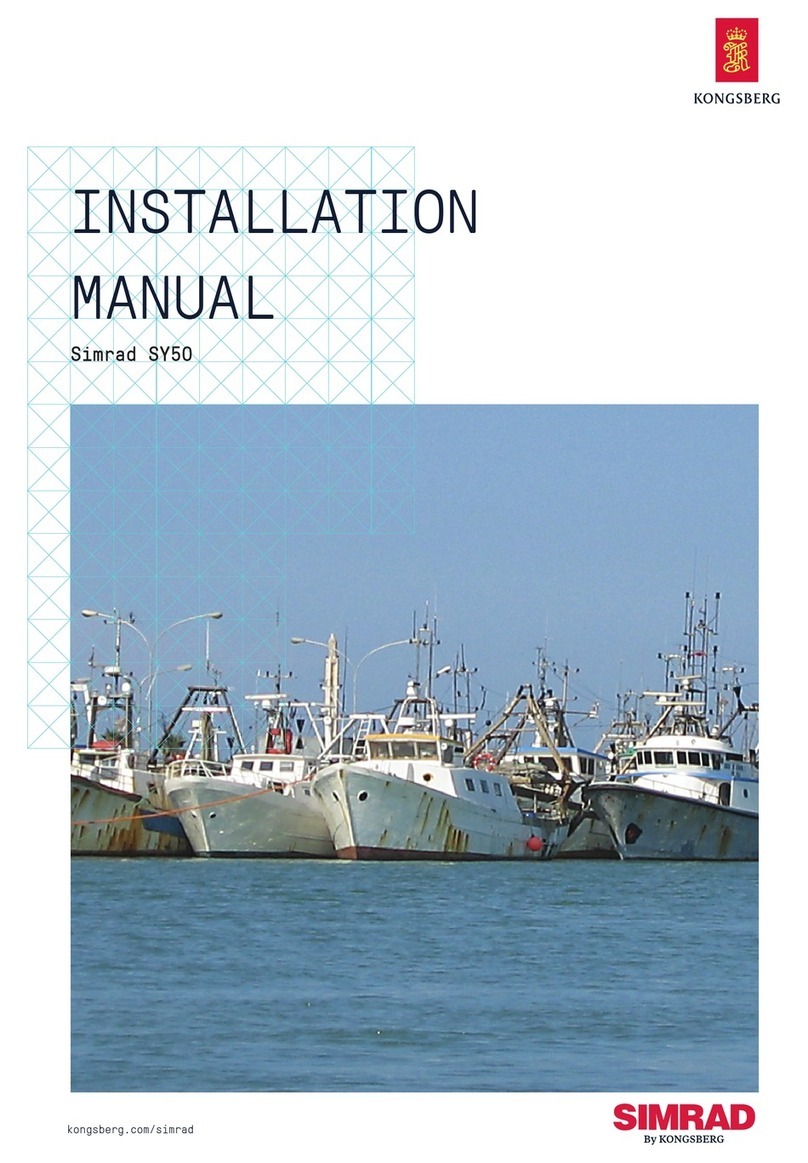
Kongsberg
Kongsberg Simrad SY50 installation manual
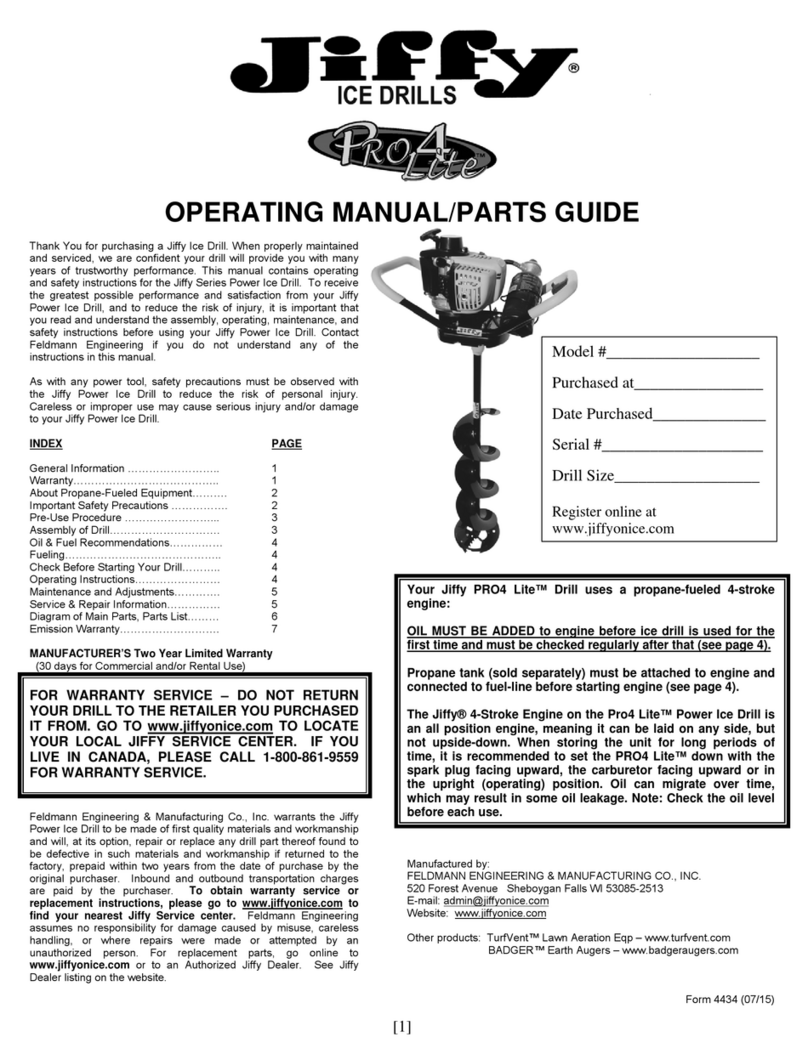
Jiffy
Jiffy Pro4 Lite Operating manual/parts guide

Fishmaster
Fishmaster Pro Series Installation instructions and owner's manual
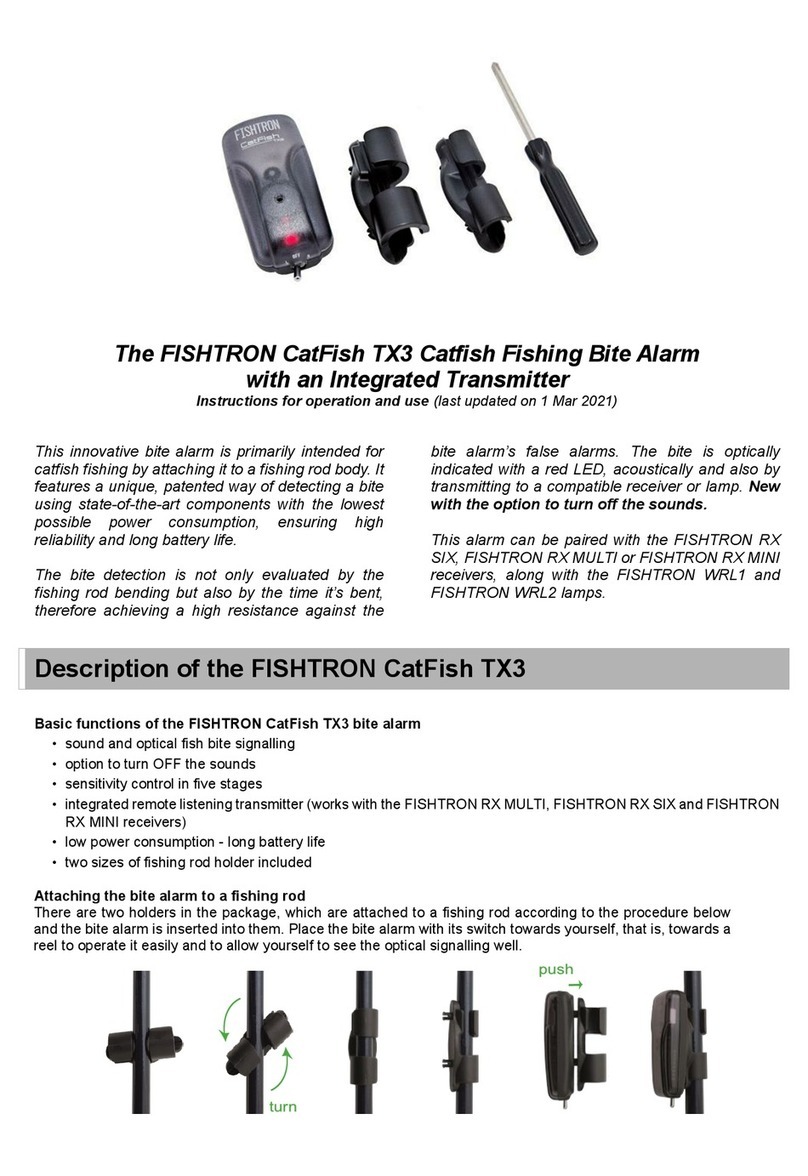
FLAJZAR
FLAJZAR FISHTRON CatFish TX3 Instructions for operation and use

Milwaukee
Milwaukee 2873-20 Operator's manual
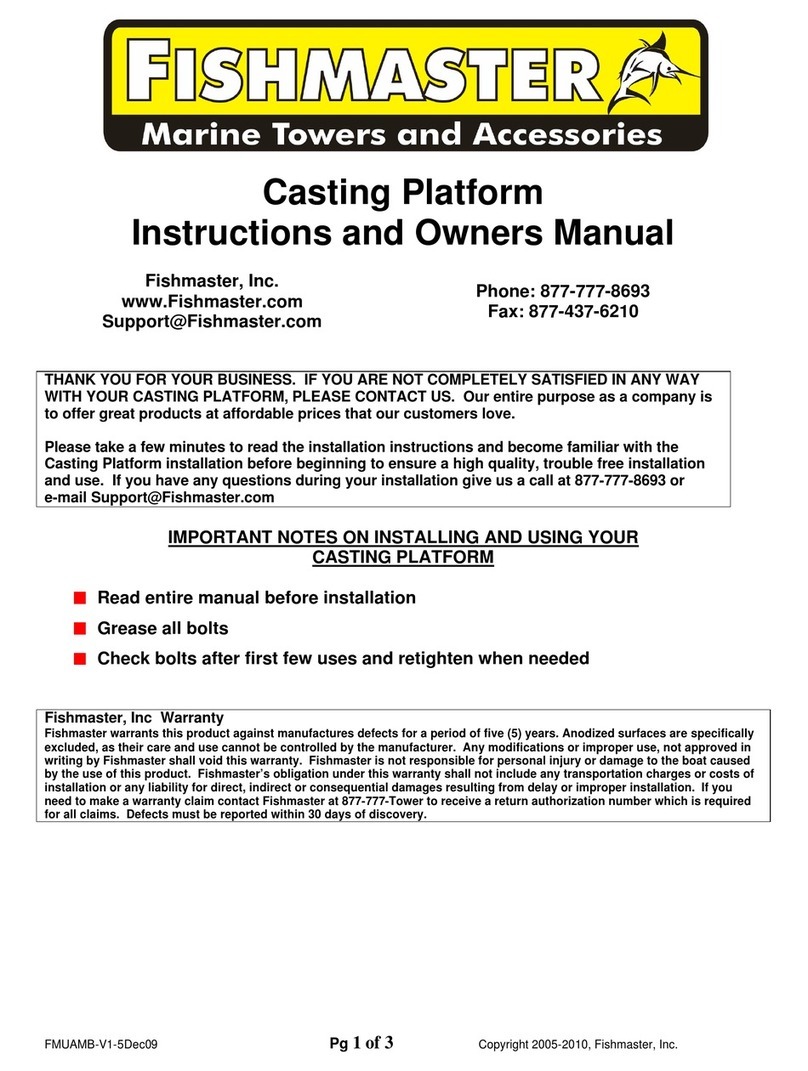
Fishmaster
Fishmaster Casting Platform Instructions and owner's manual
